Top Software testing trends to look out for in 2022
Testsigma
JANUARY 7, 2022
2015 saw the trend of scriptless testing and IoT focussed methodologies. In 2016, Google made it clear that since mobile traffic is more than all else, mobile-friendly websites will be prioritised when a user searches on mobile. QAOps is a term derived by combining the two processes – the DevOps and QA into one.

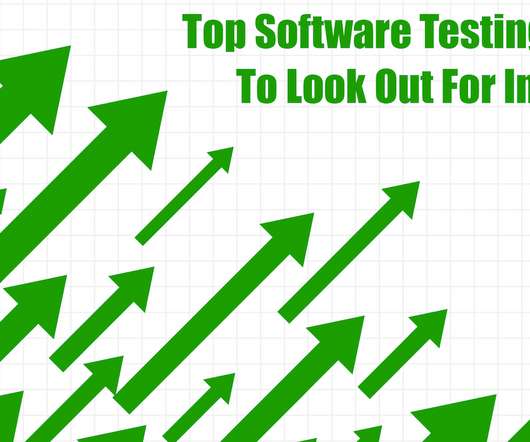
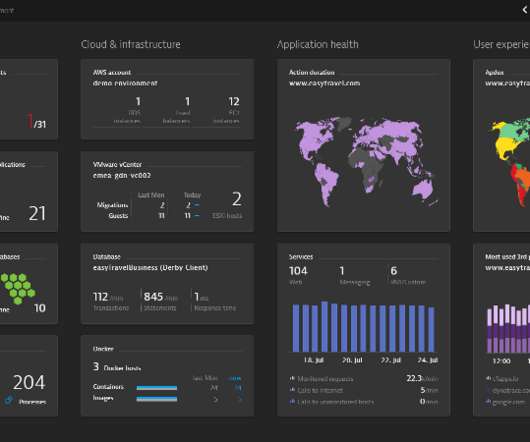
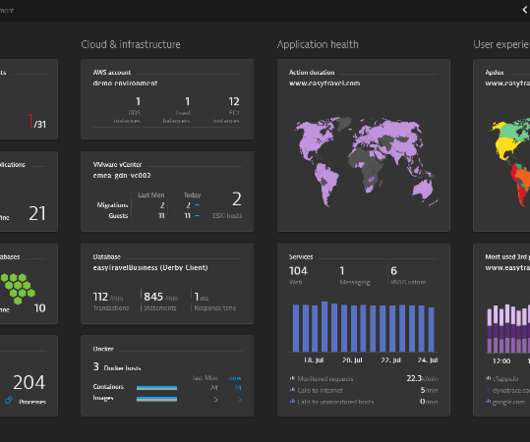
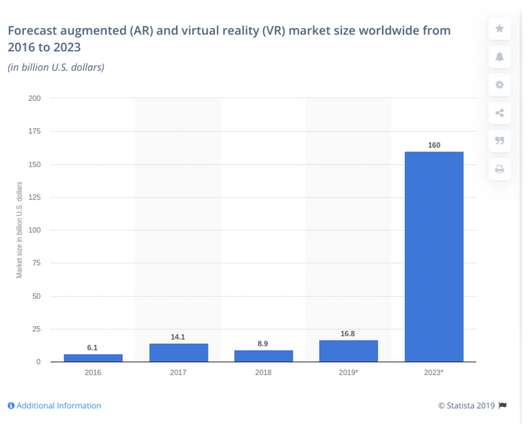
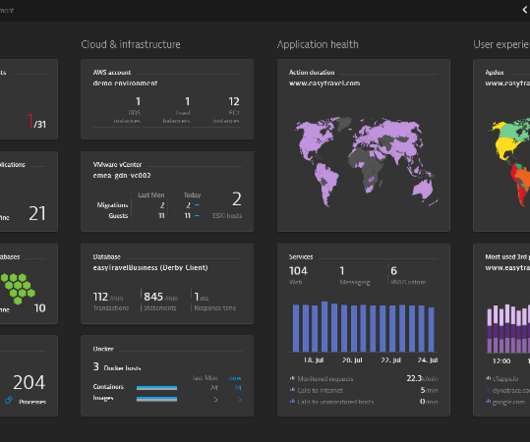






Let's personalize your content